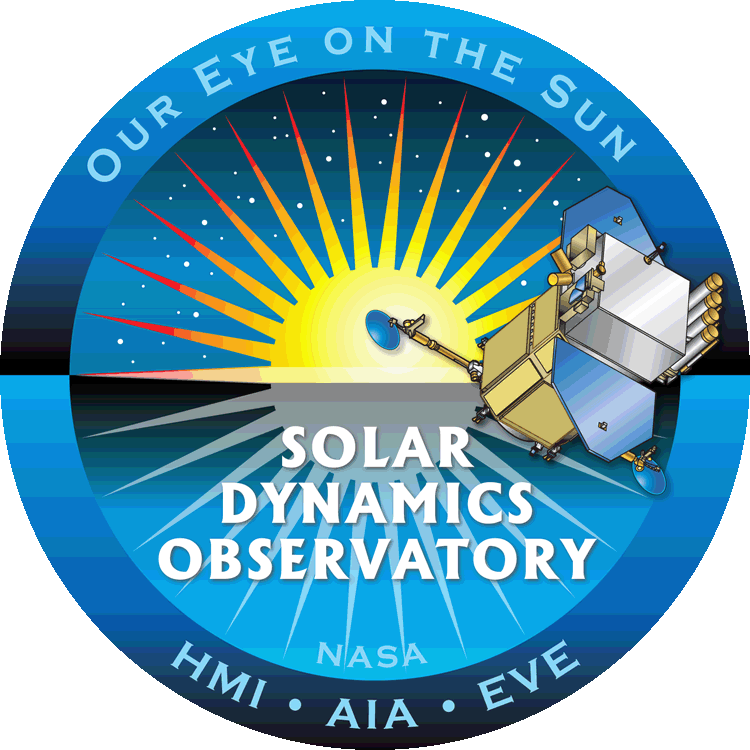 Joint Science Operations Center (JSOC)
Joint Science Operations Center (JSOC)

| JSOC MOTD |
|---|
|
The JSOC server room was significantly affected by flooding on 2024-11-26.
Routine pipeline processing has resumed and all data have been processed. Some JSOC Data Distribution services have been restored. Please see the JSOC Emergency Resources Page for the latest updates before submitting a request. The export queue may be quite long. Current observations are now available at sdo.gsfc.nasa.gov, suntoday.lmsal.com, or hmi_latest. The IRIS data pipeline is fully recovered and all Level 2 data are available at iris.lmsal.com/search |
Welcome to the Joint Science Operations Center (JSOC) Science Data Processing (SDP) home. Data products from the Solar Dynamics Observatory, as well as certain other missions and instruments, are available from the JSOC database. The following instruments and projects have data archived here:
Helioseismic and Magnetic Imager (HMI): is one of three instruments aboard the Solar Dynamics Observatory(SDO) designed to study oscillations and the magnetic field at the solar surface. HMI observes the full solar disk at 6173 Å with a resolution of 1 arc second and is a successor to the Michelson Doppler Imager(MDI) on the Solar and Heliospheric Observatory(SOHO).
Atmospheric Imaging Assembly (AIA): is another instrument board the Solar Dynamics Observatory(SDO) designed to study the solar corona, taking simultaneous full disc images in multiple wavelengths of the corona and transitional region (up to half a solar radius above the solar limb), with 1.5 arc sec resolution and 12 second temporal cadence or better. The primary goal of the AIA Science Investigation is to significantly improve our understanding of the physics behind the activity displayed by the Sun's atmosphere, which drives space weather in the heliosphere and in planetary environments.
Michelson Doppler Imager (MDI): is the predecessor to the current HMI and was launched aboard the Solar and Heliospheric Observatory (SOHO). It is a project of the Stanford-Lockheed Institute for Space Research and part of an international collaboration to study the interior structure and dynamics of the Sun. All the data observed by MDI is now archived in the JSOC.
Stanford Helioseismology Archive (SHA): is a compilation of helioseismology data from various missions including Global Oscillations Network Group (GONG), Mount Wilson, Magneto-Optic Two-Height Instrument (MOTH), Taiwan Oscillations Network (TON) and others to facilitate research.
Interface Region Imaging Spectrograph (IRIS): is a multi-channel imaging spectrograph with a 20 cm UV telescope which will obtain UV spectra and images with high resolution in space (0.33-0.4 arc sec) and time (1s) focused on the chromosphere and transition region of the Sun. The primary goal of the IRIS explorer is to understand how the solar atmosphere is energized.
Sudden Ionosphere Disturbance(SID) Monitors program is an educational project to build and distribute inexpensive ionospheric monitors to students around the world.These monitors detect solar flares and other ionospheric disturbances. JSOC is the central data repository where students can exchange and compare data.